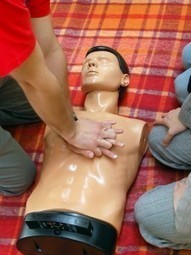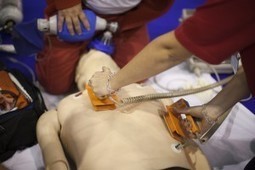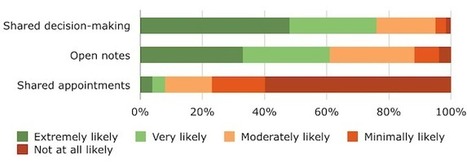Algorithms for Basic Life Support 2017 (www.acls-pals-bls.com).
Welcome to the Basic Life Support (BLS) algorithms and training by United Medical Education. Here we will discuss basic life saving interventions for patients in respiratory and cardiac distress and the importance of teamwork in a critical emergency.



 Your new post is loading...
Your new post is loading...















Be familiar with the latest BLS Algorithms. Everything you should know so that you can test your diagnostic skills and apply them to clinical case scenarios.